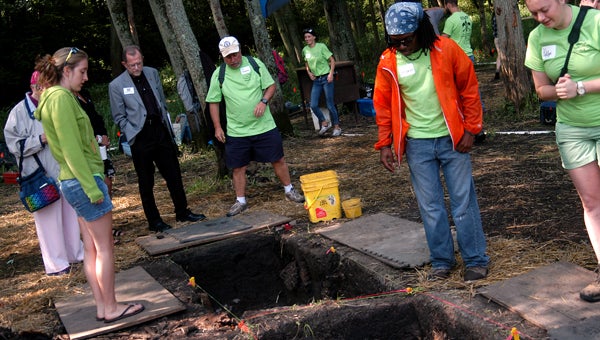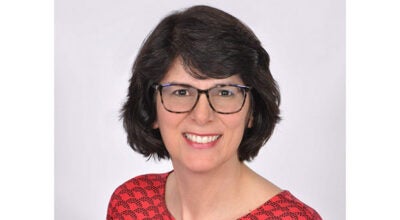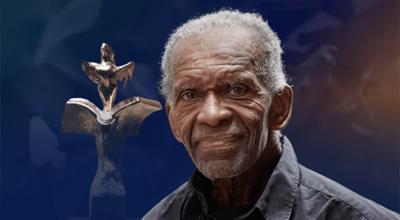Unearthing history at Fort St. Joseph
Published 7:28 pm Thursday, August 8, 2013

Western Michigan University students talk about what the are finding in the ground at the Fort St. Joseph dig site in Niles. Leader photo/CRAIG HAUPERT
It’s not everyday that a wooden beam found a couple feet under the ground causes such a stir of excitement.
But, then again, archeology buffs aren’t your average everyday people.
“It’s not about what you find, it’s about what you find out,” said Western Michigan University student Seth Allard during media day Thursday at the Fort St. Joseph archaeology dig site in Niles.
Members of the media and others got a sneak peak of the site prior to it being opened to the masses for the annual archaeology open house Saturday and Sunday.
Fort St. Joseph, as it turns out, was a mission, garrison and trading post complex occupied from 1691 to 1781 by the French and British. It’s located in a clearing along the St. Joseph River just south of the Riverfront Park boat launch near the intersection of Bond and Fort Streets.
Excavations at the site have taken place since 2002 in conjunction with WMU’s annual archaeological field school, aka, the Fort St. Joseph Archaeological Project.
Much has been unearthed since then, including bones, lead shot (old-style bullets), wampum, beads, hearths, gunflints and structural remains.
“The number one question we get is, ‘what did you find?’” said Allard, one of several students taking part in field school led by WMU.
What students found a couple days ago had everyone excited.
Student John Cardinal and several other students discovered a wooden beam buried beneath a large tree stump several feet from the river and some two feet underground.
“It was very, very exciting,” he said. “It is rare to find something like 18th Century wood because it deteriorates.”
The beam was also found at the same depth as several stones believed to be used to make a wall.
Cardinal’s dig partner, Hayden McKee, said they think the beam was used as a foundation piece for a structure or a door still.
“It’s difficult to say exactly what it was used for,” she said.
The beam and architectural stones are located several feet from a hearth that was previously discovered, leading researchers to believe they’ve found the place where a structure once stood.
Niles supports the fort
Niles Mayor Mike McCauslin had good news for supporters of the Fort St. Joseph Archaeology site Thursday.
In a speech, he told the crowd Niles would support efforts by the Fort St. Joseph Archaeology Advisory Committee to build an interpretive center at the site.
His words came weeks after Barbara Cook, a member of the committee, came before the Niles City Council asking for approval to build on the site. Cook said the committee would raise the money to build, maintain and staff the center. She said construction wouldn’t begin until all the money is raised.
Although the council has yet to officially respond to the request, McCauslin indicated Thursday the council would act upon it favorably.
Dr. Michael Nassaney, WMU professor of Anthropology, said the site, if developed into a historical attraction, could bring in tourism and spur economic development.
He said the open house has brought 15,000 visitors to Niles since it began eight years ago.
Open House
The open house is scheduled to run from 10 a.m. to 4 p.m. Saturday and Sunday.
The theme of this year’s open house is “food ways,” referring to the culinary practices of the people who lived at or near Fort St. Joseph.
Admission is free.






